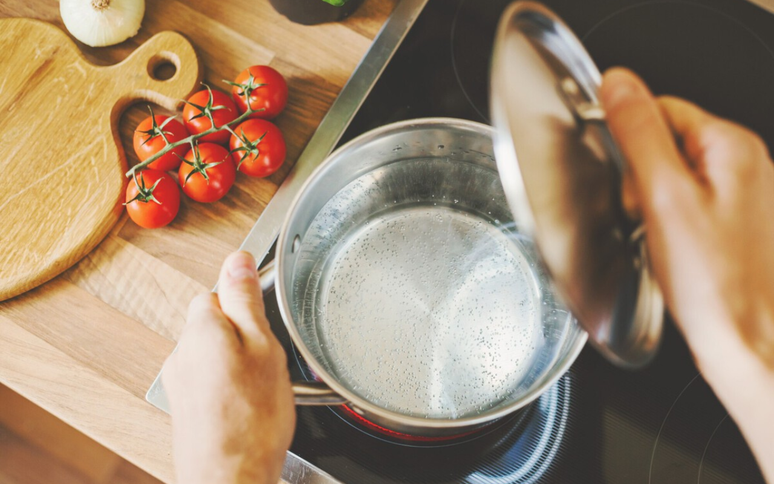In a simple and economical way, learn how to reuse plant waste, replanting them
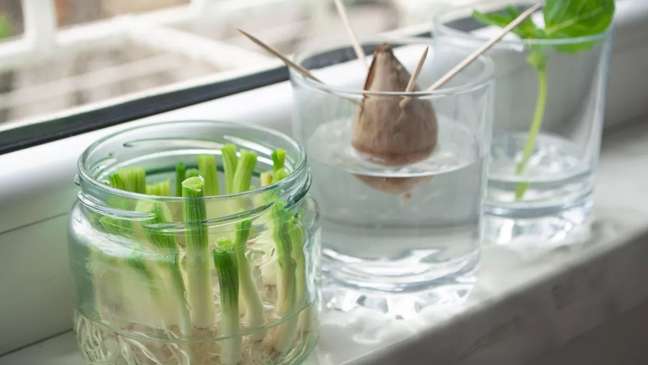
Did you know that by cultivating you can save money and reduce waste vegetables from the scraps that you normally throw away? So it is. There is a whole list of vegetables, herbs (and even popular fruits). grow from leftoverssaving your precious pennies and providing homemade pesticide-free food.
Is the best? You don’t need a lot of experience horticulture: It’s all very simple to make and doesn’t require any sophisticated equipment – for many vegetables, all you need to get started at home is a bowl or pitcher of water and a sunny kitchen windowsill.
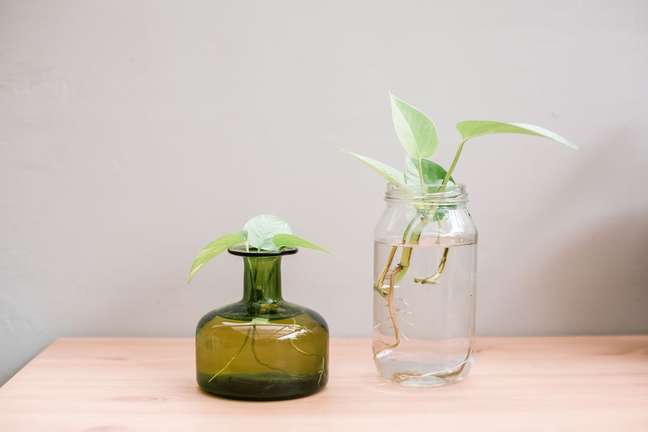
You don’t even need a garden! Growing vegetables from waste is a skill worth learning. And in these financially uncertain times, it’s a wonderfully inexpensive idea that anyone can try.
But it is also a lot of fun to experiment with children as an activity for the first time. gardening. Plus, the result is free food! What more could you want?
Check out some species below that you can take advantage of this way:
Celery
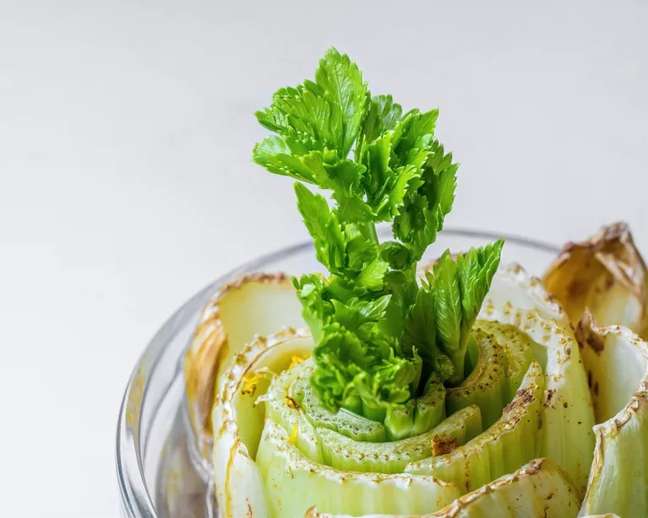
Growing celery from scraps is easier than growing celery from seeds, as even experienced gardeners have a hard time sprouting. You can start this free indoor garden idea with your celery stump in a bowl of water. It will grow fresh and spicy leaves in a few weeks.
Collect them and add them to salads or use them to make pesto. If you have the space in your garden, plant celery outside in early summer and give it plenty of moisture – in a few months you’ll be cutting the crunchy ribbed stems.
Use them to add extra flair to winter soups and stews or raw with summer sauces.
Lettuce
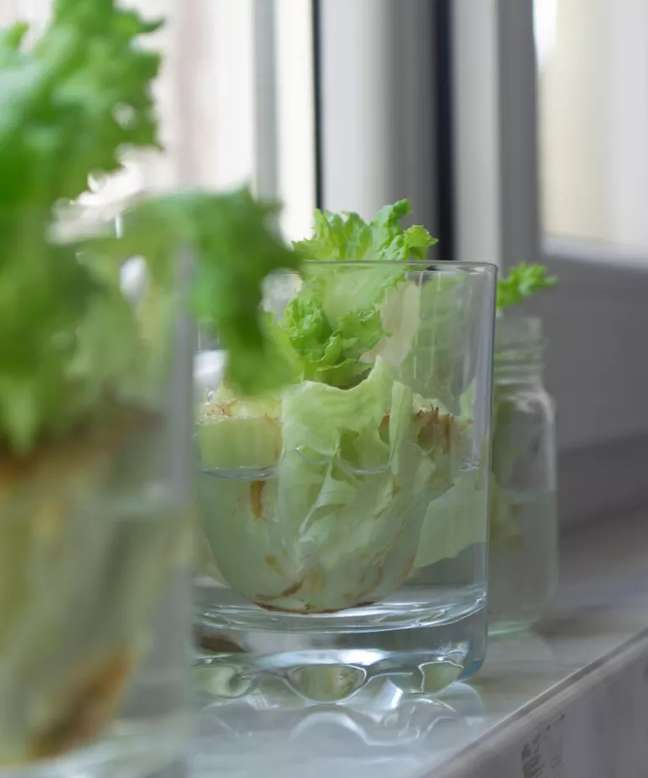
When you’ve used up all your juicy lettuce leaves and you’re left with a brown stump unpromising look, don’t throw it away! You can replant fresh salad leaves in a few weeks on the windowsill.
It’s really super easy and doesn’t require any previous gardening experience. For this reason, and because it’s so fast, it’s one of the best gardening activities for kids and one of the first to try if you’ve never tried growing vegetables from scraps until now.
And after using the newly grown leaves, put the stump back in fresh water and it will grow back. great!
Shallot
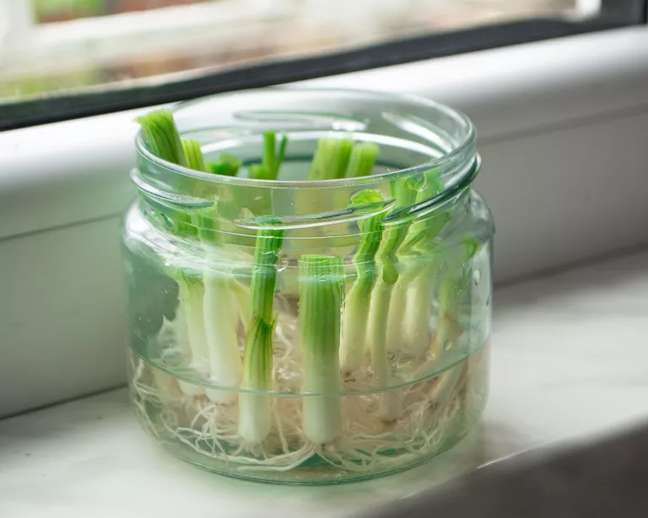
Chives are delicious when added to salads and sandwiches, and the good news is that they will sprout in water in no time. Just like lettuce, they are so simple they are a great veg to start and a perfect plant for beginners.
Grow them on your kitchen windowsill in a bowl and in a few weeks you will be harvesting your chive sprouts. You can also plant the bottom with the roots in the ground and grow to produce bulbs, which takes 3-4 weeks.
Or let your plants bloom, which will produce seeds to harvest. It’s an easy way to get free seeds that you can sow.
Carrot
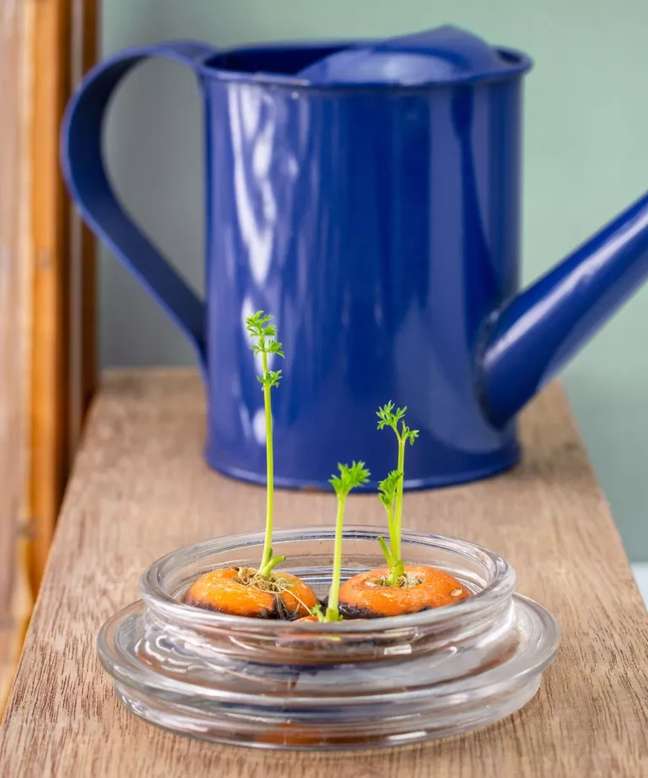
Carrots can also grow from scraps in water – you just need the top end of the carrot root to get started. First, you’ll get green asparagus-like leaves, which you can cut and stir-fry or use to make carrot pesto.
Carrot leaves are extremely nutritious, being rich in potassium, with a taste similar to parsley. If you are interested in how to grow whole carrots, transplant the buds to the garden and you will have fresh roots in 2-3 months. Let one of them bloom and you will have carrot seeds too.
Basil
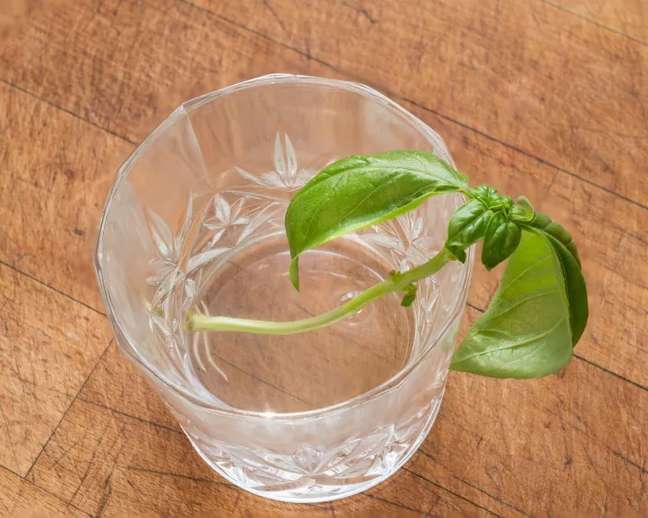
These extremely useful herbs that we continually use in cooking can easily be started from a stem left in a jar or bowl of water. This is great as it is difficult to keep them fresh for a long time closed environments and it can be capricious.
If you’re learning how to grow basil using leftovers, it’s best to start in the spring or early summer. Keep them handy for culinary use in a sunny kitchen window, indoors or out as part of a vertical vegetable garden, and harvest regularly.
For the best flavor, don’t let them bloom. Do not harvest more than a third of the plant at one time and they will continue to produce for you.
Pineapple
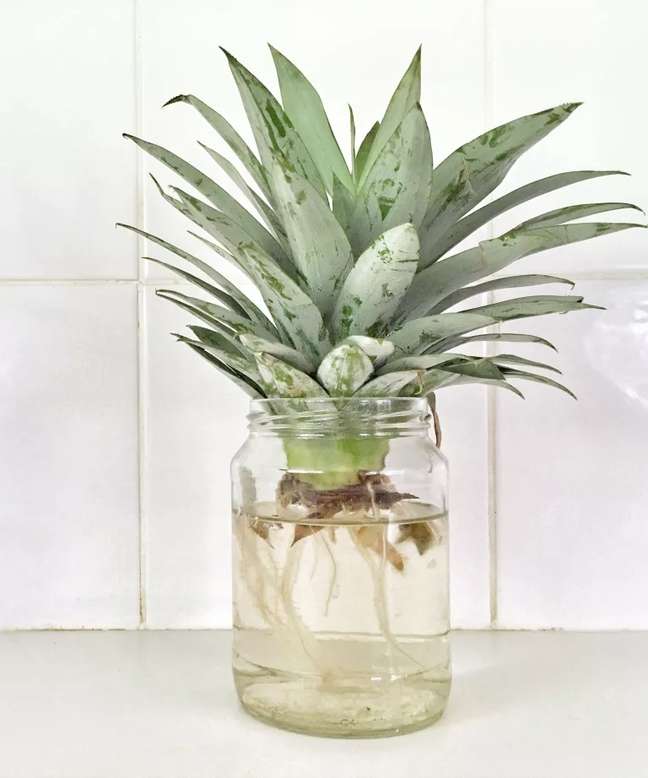
It is perfectly possible to regenerate a pineapple from leftover fruit. It may take a while, as it can take two to three years, but it is sure to impress the neighbors when they are ready.
Pineapple plants are bromeliads and, like all other bromeliads, they bloom once, bear fruit, and die readily. But you can propagate new plants by digging up the small plants or “pups” at the base.
Pineapples need space – they need to reach 2 meters to flower and they need full sun, so it’s best to grow them in something like a home-grown greenhouse in cooler climates.
Garlic
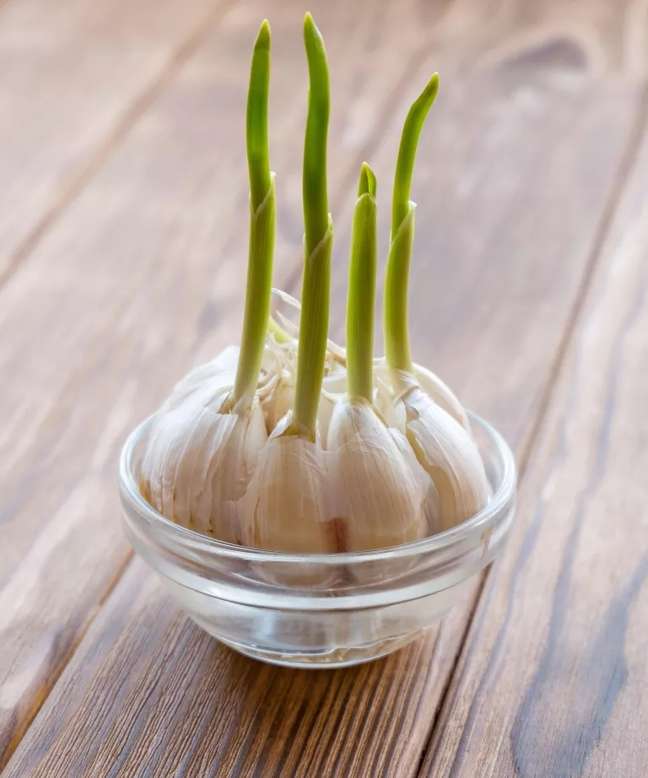
Learning how to grow garlic from home leftovers takes up almost no space, so it’s easy if you don’t have space outside. There are two methods to try: putting the cloves in a jar of water and picking the sprouts, or garlic leaves, which have a milder flavor than the bulbs, and cutting up salads and sauces.
Or plant cloves outside as part of your underground root budget ideas. Organic guru Bob Flowerdew recommends doing this in the fall to see the bulbs about five months later.
plant garlic close roses and fruit trees as a complementary planting method, he says, as the smell deters pests, but keep it away from beans and peas.
Potato
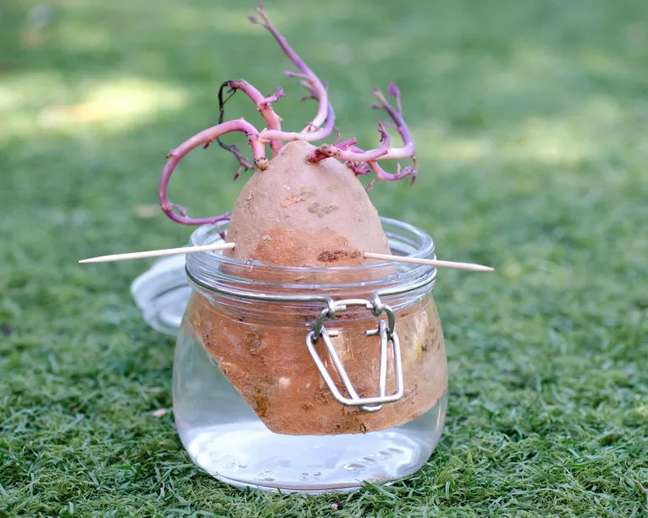
You can grow an entire container full of potatoes from a few leftover potatoes with “eyes” on them. Okay, it’s less safe than buying seed potatoes from garden centers, but it’s free and perfect for a small vegetable garden.
If possible, choose organic varieties that are less likely to have been treated with growth retarding chemicals to prevent them from growing.
Grow potatoes from leftovers by cutting them into pieces and starting in water. After shooting, plant in the open ground or in a large bin in the multipurpose compost, with the “eyes” up. Any type of potato can be used – this way you can also grow sweet potatoes.
Beet
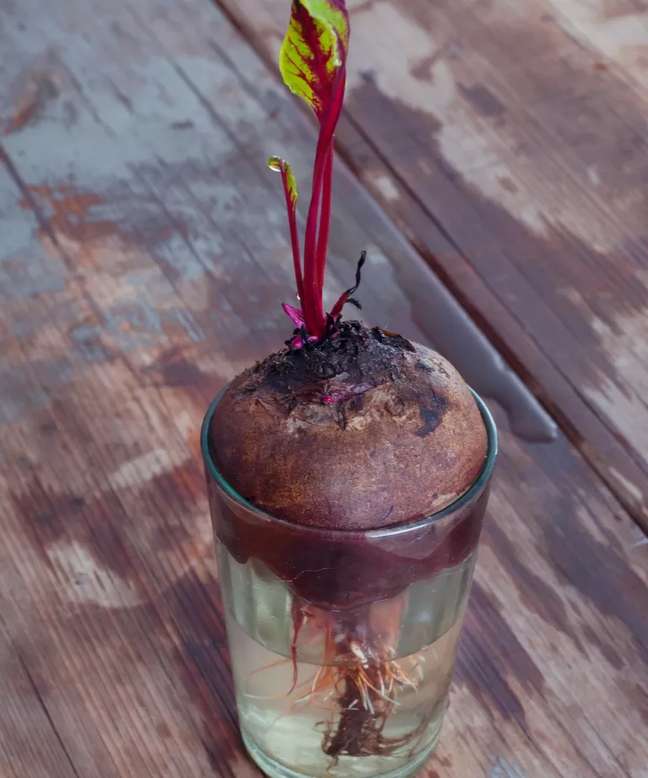
Beetroot is one of the easiest vegetables to grow, so why not try growing it from leftovers too?
Beetroot leaves are delicious eaten fresh in salads or chopped in stews, stir-fry and soups. Beetroot is another vegetable that grows easily in water. Use the top of the globe cut off with the leaves removed and the new ones will grow back.
If you can transplant them and grow beets in garden soil, they will produce longer leaves. Some beetroot varieties have particularly eye-catching colored leaves and are packed with good things – they contain iron, potassium, and magnesium, as well as vitamin K.
If the remaining beets are healthy, you can even get a second crop in your garden.
Watercress
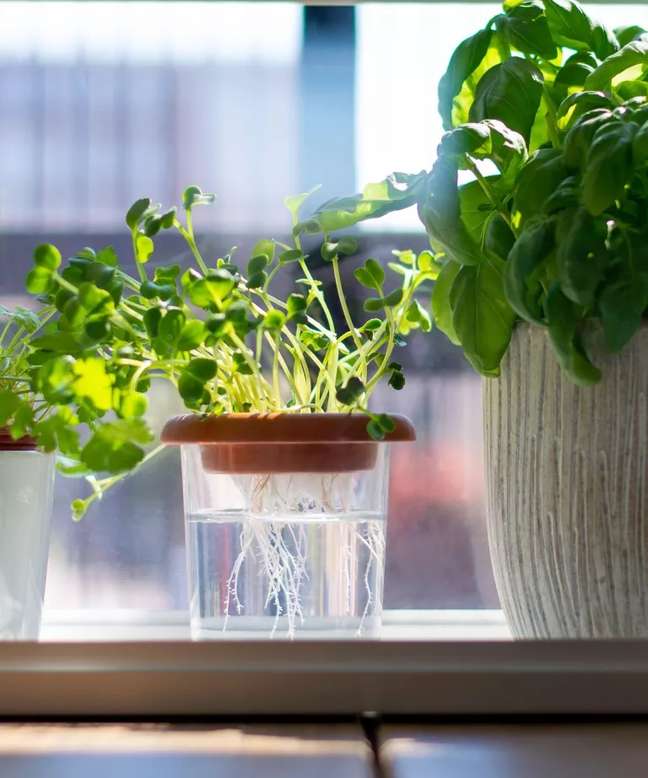
Watercress is easy to grow, happy in the shade, and packed with vitamins and minerals. You can easily grow your stash all summer long from leftover watercress, either as micro-greens healthy on the kitchen windowsill, advises Alys Fowler, author of horticulture, either outdoors in moist soil or in a pot as part of her container gardening ideas.
Start in spring, using the stems left in the water to grow the roots. After that, put wet manure and keep growing on the windowsill, or transfer it to a large garden planter or moist soil in a shady outdoor spot, making sure it never dries out.
What vegetables can be grown in water?
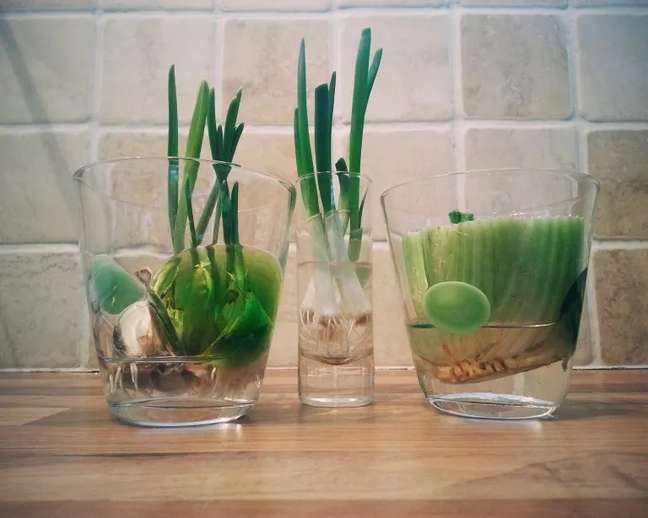
There is a long list of vegetables that can easily grow in water. The simplest are probably lettuce, chives, or garlic, but you can also try lemongrass, onions, leeks, celery, carrots, and beets.
These are ideal for those who have no space in the garden. But stop tuberslike potatoes, turnips and carrot roots, you really need to plant them in the ground outdoors, inside raised pots or beds.
Many of the best herbs to grow in your garden also root in water – the simplest are mint and basil. But also try rosemary, sage, coriander, oregano and thyme, which are a little more complicated and require a little more patience.
How to replant the vegetables bought at the fair?
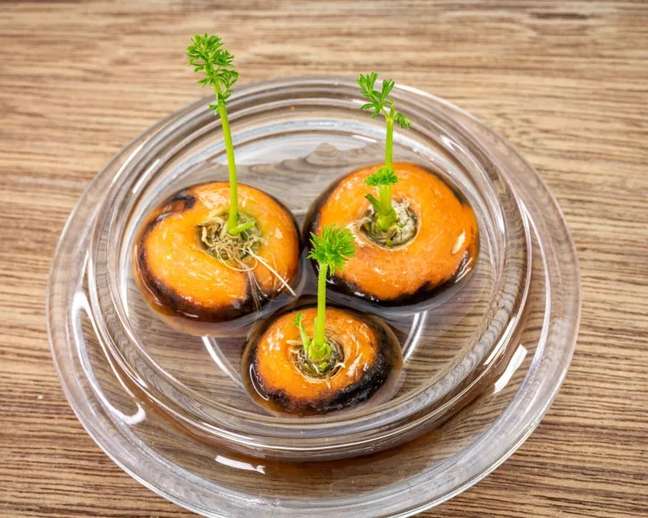
If you’re interested in learning how to grow vegetables from scraps using store-bought vegetables, be sure to shop around. organic vegetables whenever possible while shopping. This is because they have not been treated with chemicals such as growth retardants, which can prevent them from sprouting. You can grow them in water or in the soil.
Use the vegetables normally, but keep the pieces you normally throw away. This is usually the base or stump where the growth plates are located – these are the pieces that will initiate growth.
You can also save leftover seeds from store-bought vegetables – try tomatoes, pumpkins, peppers, cucumbers – you’ll have to save them, store them cool and dry and sow them at the right time. You can also grow leftover ginger and horseradish tubers for your stash.
How to replant the vegetables you already have at home in water?
Take a look at your fridge and vegetable basket and look again at the leftovers you would throw away. For the roots, carrots and turnips, cut the tops of the vegetables and the vegetation that sprouts and put them in water.
For chives, Chinese cabbage, lettuce, celery, leeks, etc., you need the base part, usually a stump, which starts in the water. And, of course, you can save the pepper, tomato, and pumpkin seeds as above for resowing.
If you find leftover cress or herbs, start with stem cuttings – you’ll quickly become addicted to growing leftover greens that would otherwise go to waste!
* By gardening etc.
Source: Terra
Benjamin Smith is a fashion journalist and author at Gossipify, known for his coverage of the latest fashion trends and industry insights. He writes about clothing, shoes, accessories, and runway shows, providing in-depth analysis and unique perspectives. He’s respected for his ability to spot emerging designers and trends, and for providing practical fashion advice to readers.



